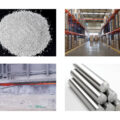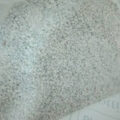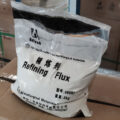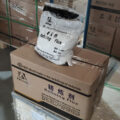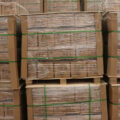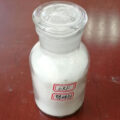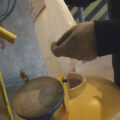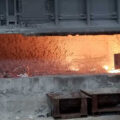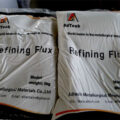The aluminum foundry refining flux is white powder or granules with uniform particle size. Its main components are chlorine salt and fluorine salt. After proper heat treatment and sieving of the foundry flux, the nitrogen in the refining tank can evenly enter the lower layer of the molten aluminum through physical and chemical changes.
The aluminum foundry refining flux manufactured by AdTech is economical and can meet the production of aluminum alloy precision castings with high added value and high technical performance for aviation and transportation.
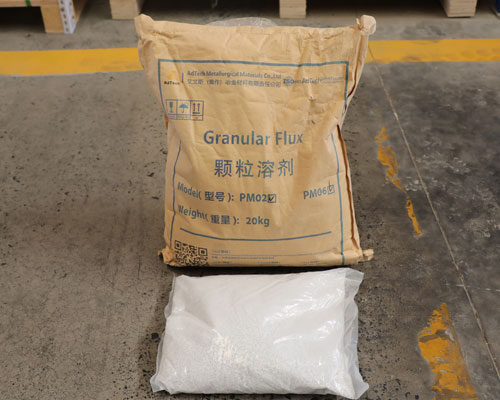
When smelting aluminum products, adding an appropriate amount of aluminum melting flux can effectively remove the hydrogen and floating oxide slag contained in the aluminum liquid. The main reason is that the refining agent is easy to decompose at high temperature, especially since the produced gas is prone to a chemical reaction. The strong adsorption capacity of inclusions can make hydrogen escape from the melt, so it has an obvious slag removal effect.
The use of refining agents is relatively simple, and you can learn more about their use before use. Especially sprinkle it evenly on the surface of the liquid, quickly press it into the aluminum liquid, fully stir it until it stands still, and then discharge the slag.
In addition, during use, a sprayer can be used, preferably with an inert gas for spraying. This amount is approximately 0.3% of the weight of the molten aluminum.
After refining, there should be a thin layer of flux floating on the surface of the molten aluminum. It shows that the response is good. If there is no such flux, it means that the operation is not good. After treatment, let it stand for 5 to 8 minutes (using conventional samples including skin test). There should be no bubbles escaping from the liquid surface, indicating that the molten aluminum has been handled properly.

